WATER CONSERVATION
How Water Smart is Your Household?
Click here for an informational brochure on “Do It Yourself Household Water Assessment.”
For further assistance or tips on water conservation, contact:
Rockdale Water Resources: 770-278-7400
After-Hour Emergencies: 770-278-7500
Homeowner’s Septic System Guide and Maintenance Record File
Click here for an informational brochure on how to properly maintain a septic system.
For further assistance on septic tank maintenance, inspections or general inquiries, contact:
Environmental Health: 770-278-7340
Rockdale Water Resource: 770-278-7400

Backflow Prevention
Backflow Prevention provides protection from contaminates and pollutants that might enter the County’s drinking water. This can come through cross connections and changes in the hydraulic conditions within the system. Rockdale Water Resources takes precautions to protect the systems water quality against contamination from backflow. This is done through the use of devices made specifically to prevent these problems and by implementation of good operations practices.
The Backflow Prevention division oversees the installation and testing of Backflow Prevention devices for commercial, industrial and institutional customers. All devices must be installed to Rockdale Water Resources’ specifications and tested annually.
For additional information contact Joe Camp, Backflow Prevention Coordinator, at 770-278-7414.
Backflow Prevention — RWR Backflow and Prevention Test and Maintenance Report
Backflow Prevention — Approved Backflow Prevention Device Testers List
Backflow Prevention — Testers submittal
.
Clean Water Act and Helpful Links
Clean Water Act Section 101: Intended to restore and maintain the chemical, physical, and biological integrity of the nation’s waters.
Inventory of Potential Individual Sources of Pollution: Map & Chart
Section 404: (www.epa.gov) Establishes a program to regulate the discharge of dredged and fill material into waters of the United States, including wetlands. Activities in waters of the United States that are regulated under this program include fills for development, water resource projects (such as dams and levees), infrastructure development (such as highways and airports), and conversion of wetlands to uplands for farming and forestry.
Helpful Links:
Center for Watershed Protection: www.cwp.org
Environmental Protection Division: www.dnr.state.ga.us
Atlanta Regional Commission: www.atlantaregional.com
Metropolitan North Georgia Water Planning District: www.northgeorgiawater.com
Clean Water Campaign: www.cleanwatercampaign.com
Stormwater Manager’s Resource Center: www.stormwatercenter.net
DNR Water Conservation: DNR Water Conservation
Outdoor Watering Tips
Watering your lawn
Provide lawns with one inch of water weekly. Whether you have an irrigation system or are watering with a sprinkler, you can easily measure how much water is being applied to your lawn, with these simple directions. Set some empty tuna cans on your lawn where the water will reach them.
- Turn on the irrigation system or sprinkler and let it run for 15 minutes
- Collect the tuna cans and pour all of the water into one can
- Measure the depth of the combined water in the can and divide by the number of cans you used.
This will give you an average since your sprinkler system could be putting out different volumes at different locations in the lawn. - Multiply the average amount by 4 to see how much water your system is putting out in an hour.
(You do this last step because you only collected water for one 15 minute segments an hour).
Knowing your lawn needs one inch of water a week, you can now adjust your watering time to fulfill its needs. You may have to split your watering into two applications because it is difficult to apply an inch of water all at one time without losing some to runoff.
Note: Of course, use a rain gauge so you can adjust how much water it is raining.
Watershed Management
What is a Watershed?
A watershed is all the contributory area of land that drains to a lake, river, stream or wetland. A watershed can be as big as the southeastern U.S. or as small as your backyard.
In general, a watershed is considered to be the land area and tributaries that drain into a major stream. Rockdale County is divided into five major watersheds for this study:
- South River
- Honey Creek
- Snapping Shoals
- Yellow River
- Big Haynes CreekSince water does not obey political boundaries, the EPA encourages communities to study their water resources on a watershed basis through a watershed assessment and management plan.
Why a Watershed Assessment?
Rockdale County is growing rapidly. The rapid growth is creating several challenges for the county, including the need to provide adequate supplies of drinking water and wastewater treatment capacity, while maintaining the water quality of our streams and minimizing flooding problems. To balance these objectives and guide growth in an environmentally-sensitive manner, Rockdale County is conducting a watershed assessment and developing a watershed management plan.
What is a Watershed Assessment?
A watershed assessment determines the quality of streams and rivers while identifying potential sources of water quality problems.
A watershed assessment usually consists of the following five major steps:
- Conduct a water quality assessment in the major watersheds to define the problems
- Set goals and identify solutions
- Design a long-term monitoring program
- Develop a draft management plan
- Implement the adopted management plan.


